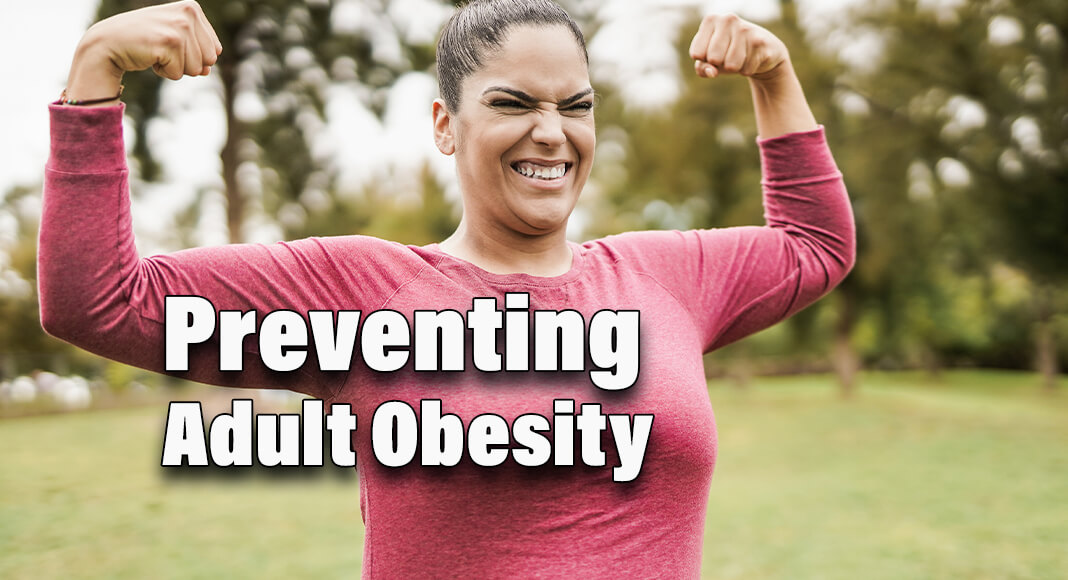
Mega Doctor News
New population data from 2022 show 22 states have an adult obesity prevalence at or above 35%, compared to 19 states in 2021, according to data from the Centers for Disease Control and Prevention (CDC). Just ten years ago, no state had an adult obesity prevalence at or above 35%. The 2022 Adult Obesity Prevalence Maps highlight the need for population-based interventions to ensure that all people have access to healthy foods, safe places for physical activity, stigma-free obesity prevention and treatment programs, and evidence-based health care services such as medication and surgery.
The 22 states with an adult obesity prevalence at or above 35% include: Alabama, Arkansas, Delaware, Georgia, Indiana, Iowa, Kansas, Kentucky, Louisiana, Mississippi, Missouri, Nebraska, North Dakota, Ohio, Oklahoma, South Carolina, South Dakota, Tennessee, Texas, Virginia, West Virginia, and Wisconsin.
The 2022 maps show that obesity impacts some groups more than others. There are notable differences by race and ethnicity, as shown by combined data from 2020–2022. Among geographic groups (states, territories, or DC) with enough data, the number with an adult obesity prevalence of 35% or higher, by race/ethnicity, is:
- American Indian or Alaska Native adults: 33 (among 47 states)
- Asian adults: 0 (among 37 states, 1 territory, and DC)
- Black adults: 38 (among 48 states and DC)
- Hispanic adults: 32 (among 49 states, 2 territories, and DC)
- White adults: 14 (among 49 states, 1 territory, and DC)
State-based adult obesity prevalence by race, ethnicity, and location is based on self-reported height and weight data from the Behavioral Risk Factor Surveillance System. Adults with obesity are at increased risk for many other serious health conditions, including as heart disease, stroke, type 2 diabetes, some cancers, severe outcomes from COVID-19, and poor mental health. Additionally, people with obesity report being stigmatized because of their weight.
To make progress, everyone – from the federal, state, and local governments; communities; providers; and public health partners—can work together to provide comprehensive support for obesity prevention and treatment.
CDC’s Division of Nutrition, Physical Activity, and Obesity carries out proven strategies to improve health, prevent chronic diseases, support optimal early life growth and development, and reduce health disparities among racial and ethnic populations with the highest risk, or burden, of chronic disease. These strategies include food service and nutrition guidelines, fruit and vegetable vouchers and produce prescriptions, safe and accessible physical activity family healthy weight programs, continuity of care in breastfeeding support, early care and education settings.
The following quote is attributed to Karen Hacker, MD, MPH, director of CDC’s National Center for Chronic Disease Prevention and Health Promotion
“Our updated maps send a clear message that additional support for obesity prevention and treatment is an urgent priority. Obesity is a disease caused by many factors, including eating patterns, physical activity levels, sleep routines, genetics, and certain medications. This means that there is no one size fits all approach. However, we know the key strategies that work include addressing the underlying social determinants of health such as access to healthcare, healthy and affordable food, and safe places for physical activity.”
Note: CDC encourages the use of respectful images and person-first language(e.g., “adults with obesity” or “adults have obesity”) and not “obese adults” when discussing obesity and other chronic diseases.
Information Source: CDC










